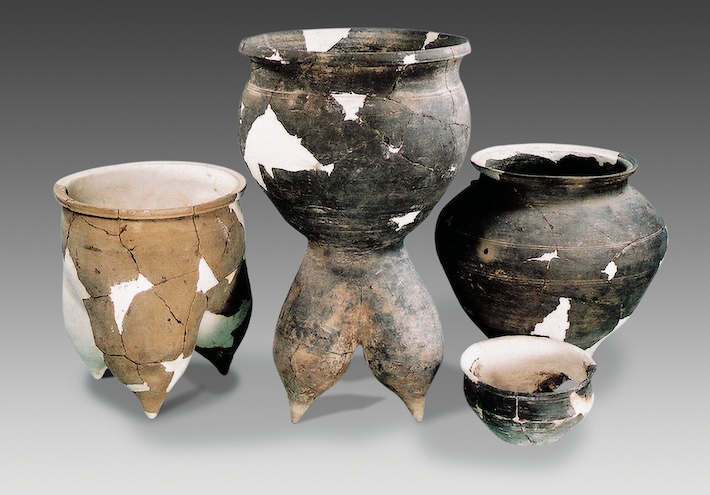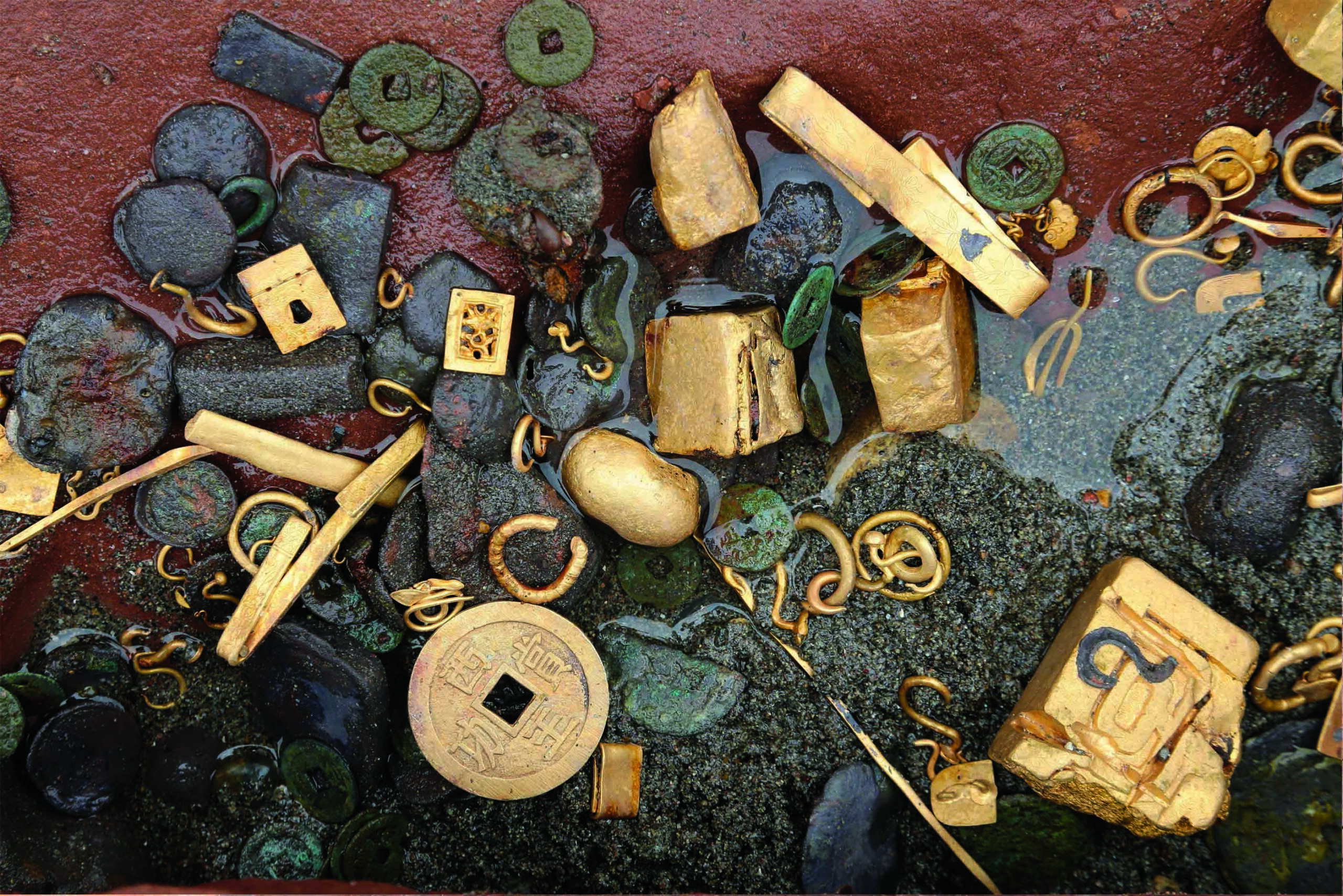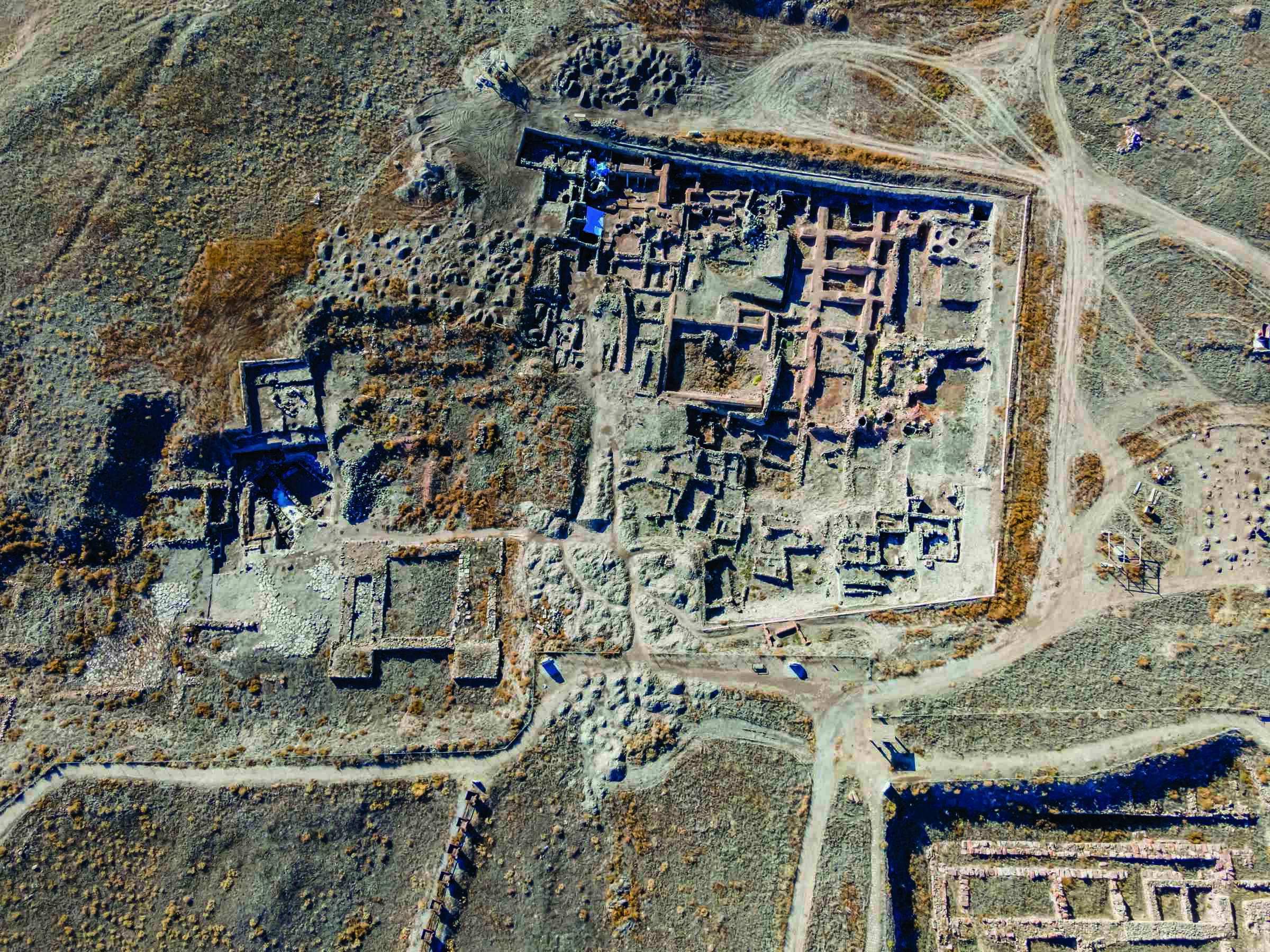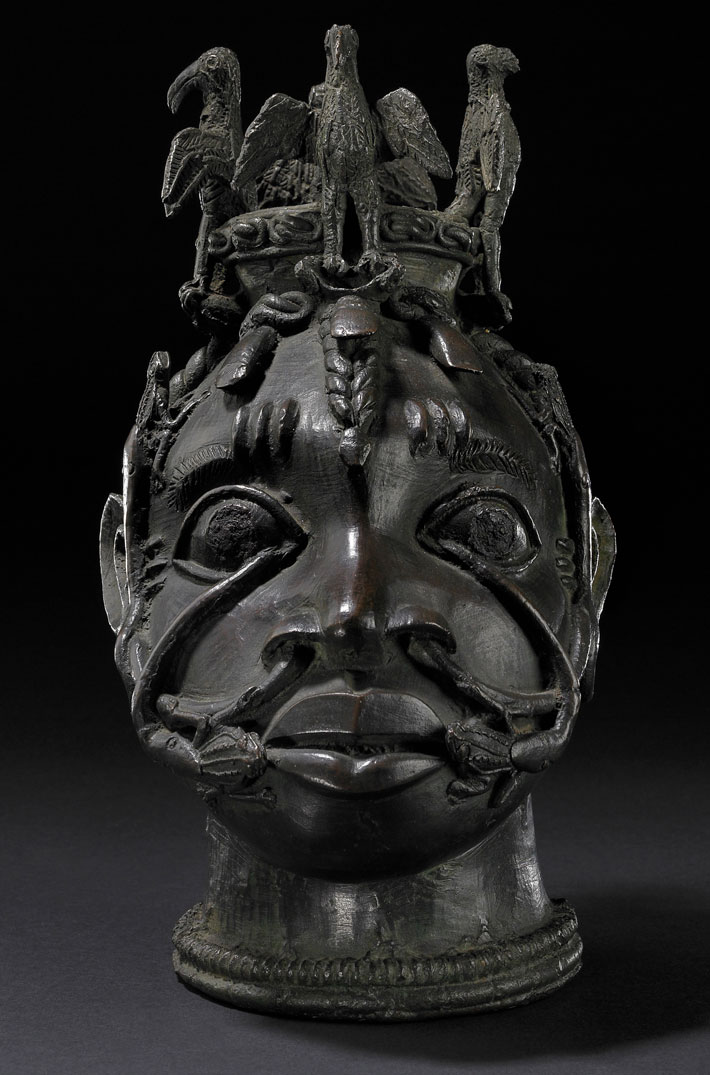
BEIJING, CHINA—According to a statement released by Antiquity, an international team of scientists, including Hongen Jiang of the Chinese Academy of Sciences, Harriet Hunt and Diane Lister of Kew Gardens and Cambridge University, and Xinyi Liu of Washington University in St. Louis, combined DNA analysis of broomcorn millet and a study of the pottery used to prepare it in the Xinjiang region of northwestern China between 1700 B.C. and A.D. 700. In eastern China, this domesticated grain was boiled and steamed to produce a wet and sticky result controlled by variations in its genes. The pottery used to cook millet in eastern China had a tripod base adapted for the boiling process. In Central Asia, however, grains were typically ground and baked into bread. None of the millet recovered in Xinjiang, however, had these “sticky” genes. Pottery used to prepare millet in Xinjiang had a rounded bottom, a design that came from the Altai Mountains to the north. The researchers concluded that although millet was carried westward and adopted as a staple food, vessels and cooking traditions were not. For more on the role of millet in ancient China's regional cuisines, go to "You Are How You Cook."










